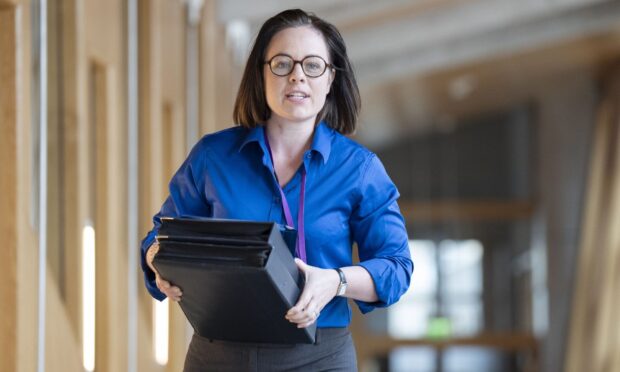A senior council officer in Fife has accused the SNP Government of undermining democracy by seizing locally-raised taxes to fund Scotland-wide policies.
Les Robertson, who holds a senior position at Fife Council but was commenting on behalf of a national association, ripped into ministers for treating councils like a “delivery arm” of central government.
Mr Robertson said taking council tax receipts to pay for a national schools policy is an unprecedented move towards central control “with the resulting diminishment of local democracy”.
“I cannot remember another situation where central government has changed a local tax levied by local government and then stated the revenue generated will be used to fund a Scottish Government policy,” he said in a written submission to MSPs.
“The question I would pose to the committee is: where does this leave local government in the grand scheme of democracy?
“Is local government just a delivery arm of central government (Scottish and UK)?
He added: “In my view it is wholly inappropriate to have a ‘local tax’ used by central government to fund one of their policy decisions.
“This leads to the idea of more central control over a local tax with the resulting diminishment of local democracy.”
Mr Robertson is Fife Council’s service manager for revenues, but his comments were made as a representative of the Institute of Revenues, Rating and Valuation Association (IRRV), a professional body.
The SNP’s reforms to council tax involve increasing charges for higher-end properties and clawing back proceeds centrally to pay for closing the education attainment gap across Scotland.
From April next year, those in Band E properties will see their bill increase by 7.5%, rising to 22.5% in Band H.
The hikes will raise £100m a year, says the Scottish Government, which will be redistributed from central government straight to headteachers based on the number of children entitled to free school meals in each area.
David Ross, the leader of Labour-run Fife Council, said he agrees “wholeheartedly” with Mr Robertson’s personal views.
“Indeed, in a motion to Full Council last Thursday we raised our concerns over indications that the Scottish Government intends to cut council funding by 3.5%,” he said.
“They also apparently plan to withdraw £100m of council tax funding from councils and redirect it to headteachers.
“We fear that a cut of this size would require us to make savings of over £40m in next year’s budget.”
Cllr Ross said he will be writing to Finance Secretary Derek Mackay to raise concerns over this and the broader financial picture for local authorities.
A Scottish Government spokeswoman said all local authorities will have more funding as a result of their changes.
“Our reforms to the council tax will protect household incomes, make local taxation fairer and ensure local authorities continue to be properly funded while becoming more accountable,” she said.
The changes will help improve the life chances of Scotland’s young people, she added.
Yesterday, four Scottish councils called for new tax-raising powers to offset the impact of funding cuts.










